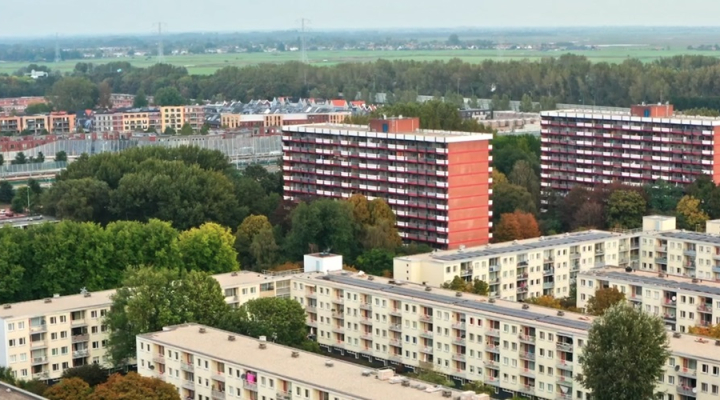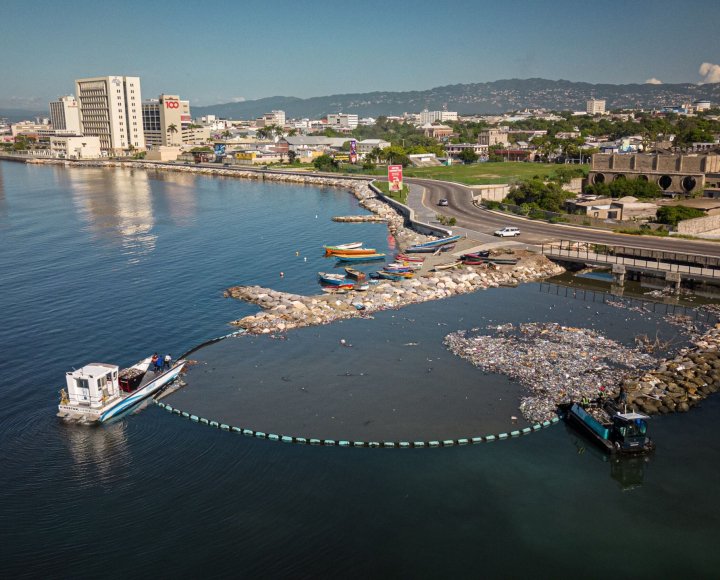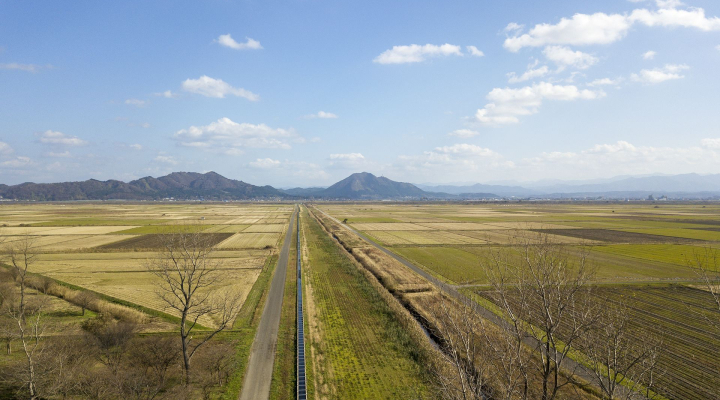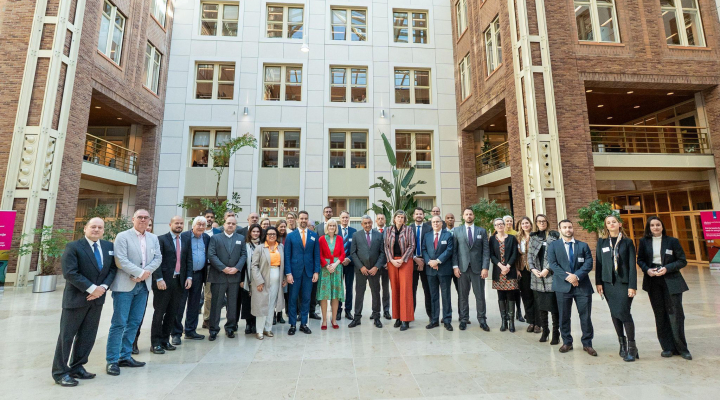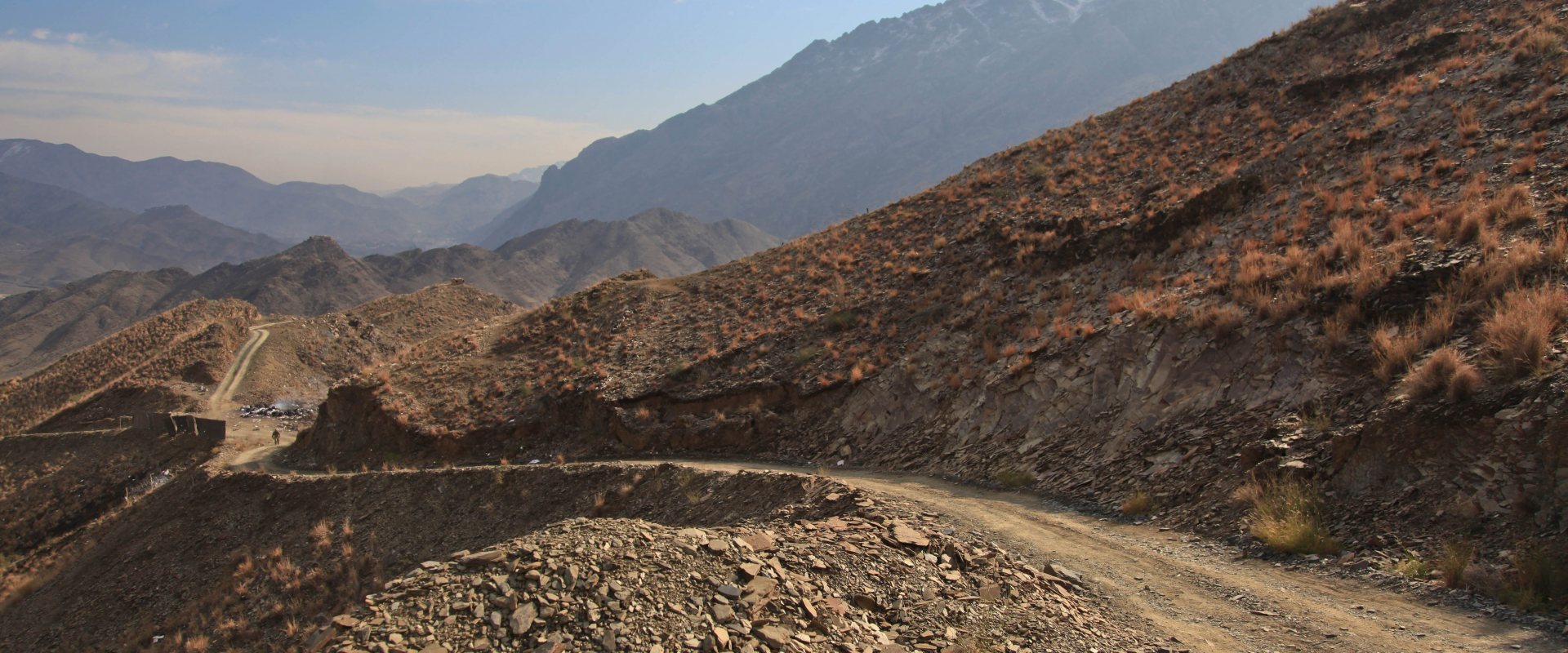
The drought side of the Afghan conflict
For years, Afghanistan suffers from droughts that affect the agricultural sector and lead to food insecurity. In 2018 more than 300,000 people moved internally because of the lack of food.
The Water, Peace and Security partnership fears that the recent developments will increase Afghanistan’s water stress, causing rampant displacements that may further fuel the conflict.
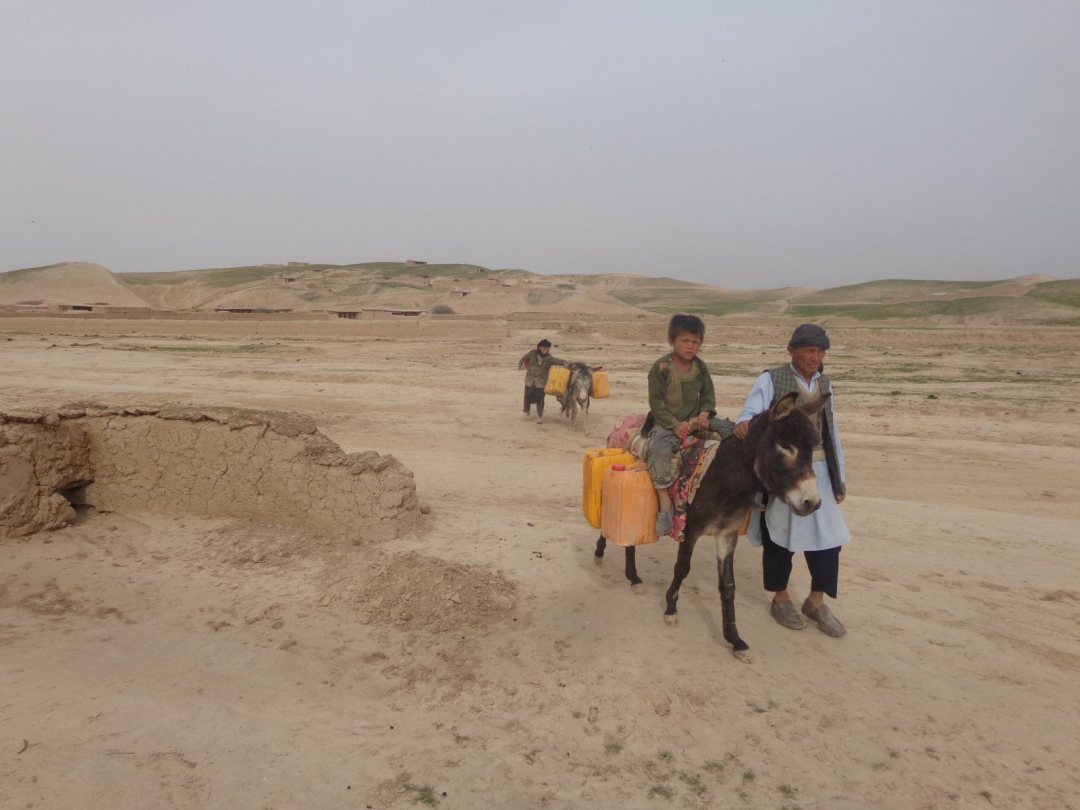

Problems of water insecurity
In a blog on their website the Water, Peace and Security (WPS) partnership draws attention to the water-related aspects of the Afghan conflict. The partnership monitors the water-related security threats in Africa, the Middle East and Asia. A team of WPS warns that the takeover by the Taliban not only affect people’s immediate lives and security, but expects that it will also have long-term implications for the country’s and the region’s water security.
More than 70 percent of the population lacks access to safe drinking water, with available drinking water often being contaminated. Demand continues to grow, especially in urban areas.
Urgent water situation
Years of war and instability have affected the Afghan water sector. Afghanistan experiences a relatively favorable water endowment of 75 billion m3 of accessible water and has a prime upstream location on the rivers it shares with neighbouring countries. However, the crumbling water sector and severe shortcomings in water resources management has left the country in a horrible state of water stress and the population in dire need for water.
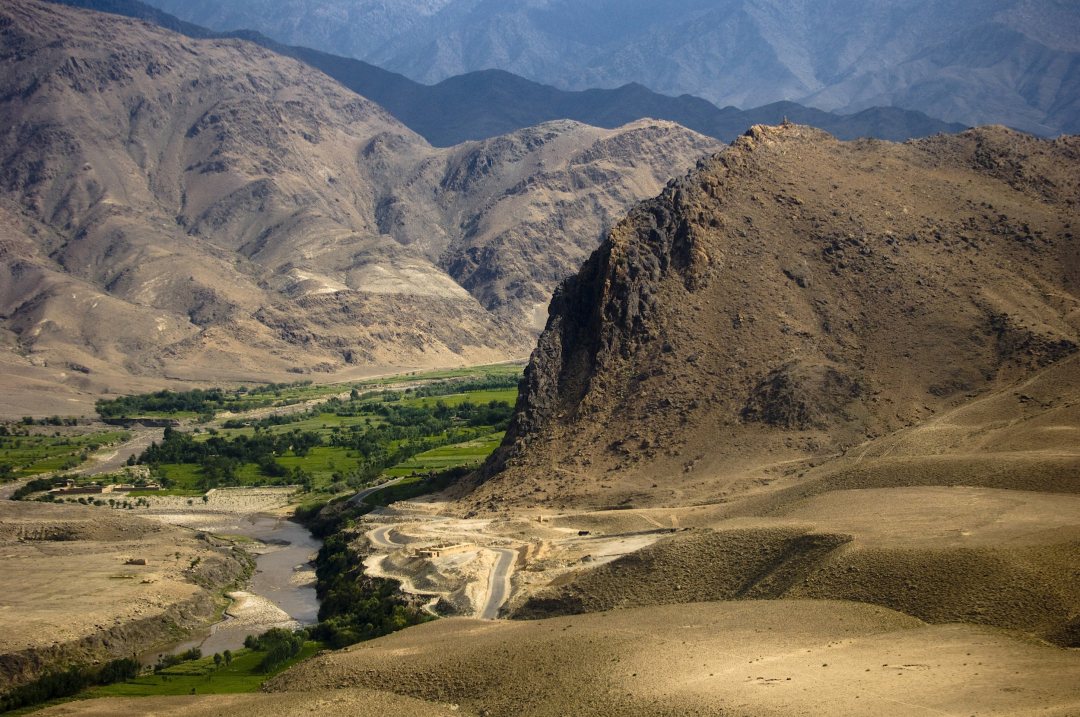

Insufficient food
Continuous water shortages have affected the agricultural sector and thus the nation’s food production. Accounting for 90 percent of the country’s water use and employing 80 percent of the population, the agricultural sector is unable to provide sufficient food for Afghanistan’s population. One-third suffers from acute food insecurity.
Afghanistan is a hunger hotspot today and this insecurity is expected to rise as agricultural production falls due to increasing instability. In their blog, the WPS team speculates on what will happen when international donors and aid organisations stop their emergency relief and support when engaging on the ground becomes too dangerous.
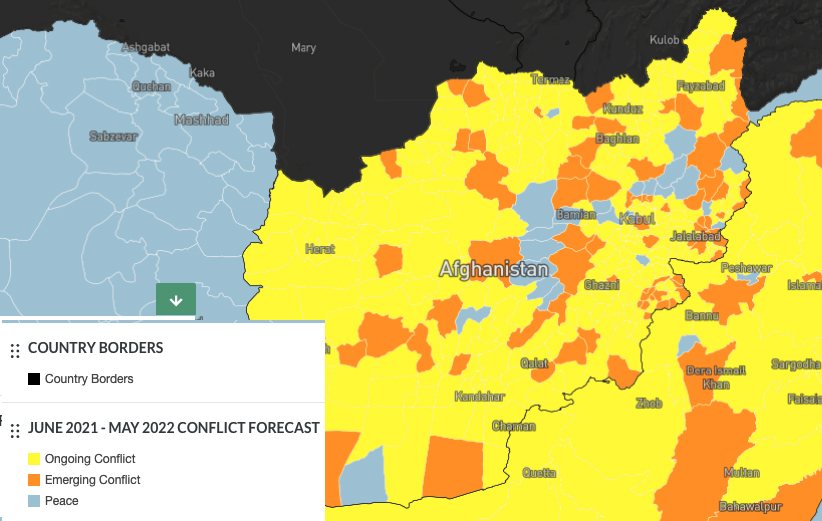

About WPS
The Water, Peace and Security (WPS) partnership was founded in 2018 to generate understanding about the risks of water-related security threats.
It is a collaboration between the Netherlands Ministry of Foreign Affairs and a consortium of six partners: IHE Delft (lead partner), World Resources Institute (WRI), Deltares, The Hague Centre for Strategic Studies (HCSS), Wetlands International and International Alert.




